FASH 2022 / 12. May 2022
Re:Create Fashion
New fashion from old clothes. That, in short, is the task for the European Fashion Award FASH 2022, whose topic is ‘Re:Create Fashion’. For the first time, it is not seeking out new fashion designs; instead, the aim is to produce a new creative look out of old garments.
Sustainable, fair fashion and the circular economy have been the subject of intense discussion for decades. Almost all fashion businesses have announced initiatives in these areas. In the media, too, there is a growing suggestion that the majority of the goods on offer consist of socially and environmentally sustainable fashion. In stark contrast to this is the fact that fashion consumption has more than doubled in the last ten years.
The facts are more than disappointing: the turnover of sustainable fashion is less than three percent, and not even one percent of old textiles become new clothes. The European Commission now wants to drive fashion towards sustainability with a comprehensive textile strategy. But despite many research and pilot projects, the circular economy is still a vision. How can we really make a change?
To part I Analysis: A downward spiral, not a circle
To Part II Options: Better than the same in green
We are convinced: we don’t need more clothes, we need to deal with clothes differently. FASH first sought out environmentally and socially responsible fashion in 2008. Awards were given for projects such as upcycling, favorite pieces, cuts that avoid waste or new fabrics made from waste. Since then, the majority of the submitted works have sustainable aspects. SDBI founder Klaus Steilmann had been one of the pioneers of sustainable fashion since 1989.
FASH 2022 goes one step further. The European Fashion Award FASH 2022 is not looking for new fashion designs, but a new fashion statement is to be created exclusively from second-hand clothing.
There is no thought of upcycling, i.e. sewing new clothes from older pieces. As useful as this is in the private sector, for small series and above all for a change in consciousness, it offers no industrial perspective. We want to give the impetus to think creativity in different directions.
FASH 2022 / 12. May 2022
Schedule
– Registration deadline: 15. June 2022
– Application deadline: 22. June 2022 24.00 hrs.
– Notification of finalists: from 15. July 2022
– European Fashion Award FASH 2022: October in Bitterfeld
We are closely monitoring the necessary measures to contain the coronavirus (COVID-19). If necessary, the announcement and realization will be adjusted accordingly, up to a purely digital event. We are supported in this by Messe München, which has been responsible for the management of the foundation on a pro bono basis since 1996. Messe München is in constant contact with the health authorities and follows the recommendations and guidelines of the World Health Organisation (WHO), the Robert Koch Institute and the health authorities. We expect to decide at the beginning of May whether the workshops and/or the awards ceremony can take place in Frankfurt. We therefore ask you to inform yourself about possible changes via our website and Instagram @FASHberlin.
(Deutsch) FASH 2022 / 12. May 2022
Task and Documents
1. Portfolio – English – 20 pages
Contents: photos of previous projects, work process, sketches, moods, details such as draping, technical drawings.
See: The Core of Your Job Application
2. Collage secondhand – 1 page
Vintage has long been a major source of inspiration for fashion design. Wearing secondhand clothing used to be common, whether out of necessity, conviction, or as a fashion statement. Often inspired by the Club of Rome’s report “The Limits to Growth” (1972) or Victor Papanek’s book, “Design for the Real World – Human Ecology and Social Change” (1971) .
Research images in photo albums, museums, coffee table books, and in a pinch, on the Internet, of looks that most likely show secondhand clothing and whose outfits convince or inspire you.
Research images in photo albums, museums, coffee table books, and in a pinch, on the Internet, of looks that most likely show secondhand clothing and whose outfits convince or inspire you.
Present your 10 best pictures, at least 3 of them from your private circle (parents, grandparents, etc.). For each piece of clothing should be indicated, if possible: Year (also approx.), location, brand.
This collage is for internal jury work only.
3. Illustration Re:Create Fashion – 1 Page
The task is to put secondhand clothes into a new context and create 3 outfits with your own fashion statement. Whether it is designs for women, men or gender open is up to you. What is needed is your creativity and fashion sense. We are looking for outfits that can convince the professional audience on a catwalk in Paris. You have to select secondhand clothes and combine different elements, decades, gender, shapes and colors, proportions and silhouettes or styles – chic or crazy – in a completely new way.
What is not sought is the punk-hippie look, that is, an “anything goes”. It should also be more than a normal Hugo Boss or Esprit look.
There should be no upcycling, so from older parts to sew new clothes. Alterations like shortening (long/short pants, a dress becomes a blouse), ruffles, embroidery over possible holes, etc. are allowed.
Outfit 1: Urban
Outfit 2: Outdoor (hiking, biking, canoeing, etc.) or sports
Outfit 3. Free
For this, find pieces of clothing in online stores or platforms for secondhand fashion, take screenshots and create your illustration from them. For each piece of clothing should be indicated: Store, brand, price and any alterations you intend to make (photo original part/altered on a 2nd page). These illustrations are for internal jury work only.
4. Written sketch – English – 1 page
Length: 3.000 to 5.000 characters
How can secondhand clothing become more attractive?
How can patches on clothes be considered a mark of nobility instead of a sign of poverty?
Which pieces work well for secondhand clothing? Where does secondhand reach its limits?
How do you explain the success of ultra-fast-fashion sellers like Shein despite the intense discussion about sustainable fashion in all media?
What did you notice in your image research?
What did your parents’ and grandparents’ closet look like (total amount, fashion level, length of wear)?
What questions do you ask yourself about the future of fashion?
5. Curriculum vitae – English – 1 page
6. Proof of registration – 1 page
at a university/fashion school or date of final examination
All documents must be summarized in one (!) PDF:
– File format: .pdf, maximum size: 7 MB
– file name: participant number + FASH22 e.g. 29-S-FASH22.pdf
– max. 25 pages
– Normal upper/lower case, not set in capitals
– Competitor number on the 1st page
The PDF will be uploaded to the OneDrive platform. Access will be sent to you with the confirmation of participation.
Based on these documents, the jury will select up to 15 finalists from all participants. These will be notified from 15. July 2022.
They will be invited to a workshop in Bitterfeld at the beginning of October. Here, too, the task is to create outfits with their own fashion statement from second-hand clothing. An extensive stock of diverse secondhand clothing is available for this purpose.
FASH 2022 / 12. May 2022
Jury
An international jury with experts from design, industry, trade, communication and media will select select up to 15 participants for the Final, which takes place in Bitterfeld-Wolfen in October. The jury’s decision is not legally contestable.
The members of the jury FASH 2022
More members will be made available in the coming weeks
Mela Bauer
Founder & CEO Melagence – Mela Bauer founded her fashion sales agency Melagence in Berlin in 2013. With her team she represents international brands like Barena Venezia, Perfect Moment, House of Dagmar, Christian Wijnants, Atp Atelier or Lutz Huelle and chooses her labels with a lot of heart and passion. In addition to the HQ and showroom in Berlin, the agency sells its collections twice a year in Paris since January 2022.
In the first Lockdown 2020, Mela Bauer and her husband, Benjamin Höhner, launched their own e-commerce platform, which currently connects stores and customers: the online store Melagence Local supports stores that were previously less present online and offers international luxury fashion that customers can order through stores. Melagence was awarded the TW Forums Prize 2021. www.melagence.com
Arne Eberle
Arne Eberle press + sales und publisher ΠMagazine
Charlotte Gindreau
Fashion Stylist, Berlin. After her Masters in fashion communication at Atelier Chardon Savard in Paris, Gindreau worked at Vivienne Westwood, with Benjamin Galopin at Citizen K magazine and for the iconic french department store Le Printemps. She has strong contacts with fashion brands, from emergent designers to high fashion houses.
Attracted by the creative energy of Berlin, she moved to the German capital in 2017, bringing French chic from the Seine to the Spree. She works for magazines like Vogue Germany, Vogue.it, Zoo, Sleek, I-D Germany or Interview, as well as for musicians and actors such as Rammstein, Matthias Schweighöfer, Oliver Masucci and Alexander Scheer. She is represented by the renowned agency Kathrin Hohberg. www.charlottegindreau.com
Barbara Markert
Fashion and business journalist, has been reporting on the fashion industry for around 25 years. After working for the trade journal TextilWirtschaft, Glamour and Vogue Business, she moved to Paris in 2003. From there she still works as a correspondent for The Spin Off (formerly Sportswear International) and writes as a freelance writer for Vogue, Spiegel S magazine and others. Markert has attended more than 5.000 fashion shows in her lifetime and interviewed many international fashion designers, such as Virgil Abloh, Nicolas Ghesquière, Clare Waight Keller or Raf Simons.
From 2007 to 2017, she was part of the founding team of the German fashion blog Modepilot. After that, she specialised more and more in topics related to sustainability in fashion. For years, she has been actively campaigning for better and more conscious fashion consumption and trying to raise awareness about the problem of microplastics in the fashion and beauty industry. As a consequence of these efforts, Barbara Markert founded together with a colleague in 2021 the stationary and digital boutique for vintage and second-hand fashion SILO www.silo.boutique
Angelika Schindler-Obenhaus
CEO GERRY WEBER International AG. She is responsible for Design, Production, Sourching, Marketing, Corporate Communications and Sales. Previously, she worked at Katag AG in Bielefeld, Germany, from 2010 as Member of the Board for Sourching, Marketing and IT. She started her career at the Horten department store group almost 40 years ago. www.gerryweber.com
Joachim Schirrmacher
After his training as a retailer, he studied design management with a focus on ecology and gender. Since 1994, his work has been involved with sustainable fashion. He has worked for over 20 years as an author (Editor-in-Chief Style in Progress, Tagesspiegel, NZZ), speaker (Copenhagen Business School, Goethe-Institut, HDS/L) and communications expert for companies such as Carroux Caffee, Freitag Lab AG, Messe München or Retail Brand Services as well as institutions such as the German Federal Foreign Office. Since 2004 he has been responsible pro bono for the European Fashion Award FASH of SDBI.DE www.schirrmacher.org

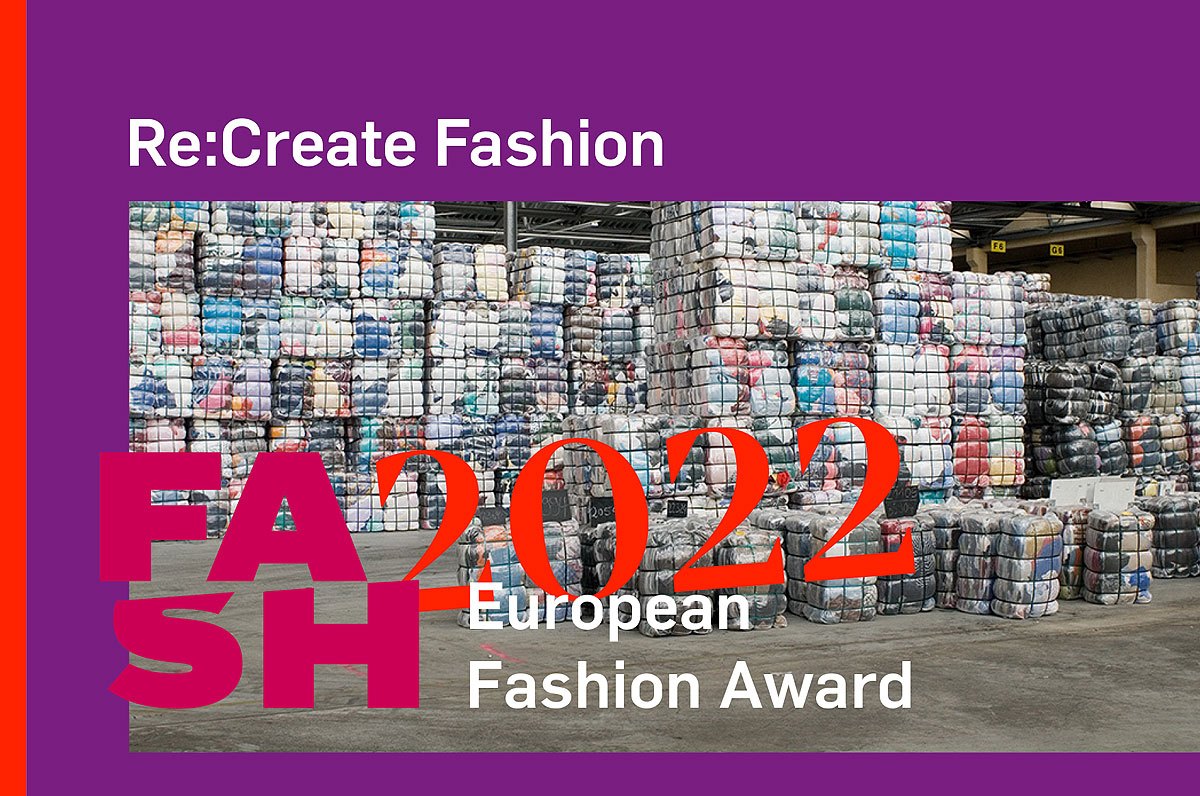
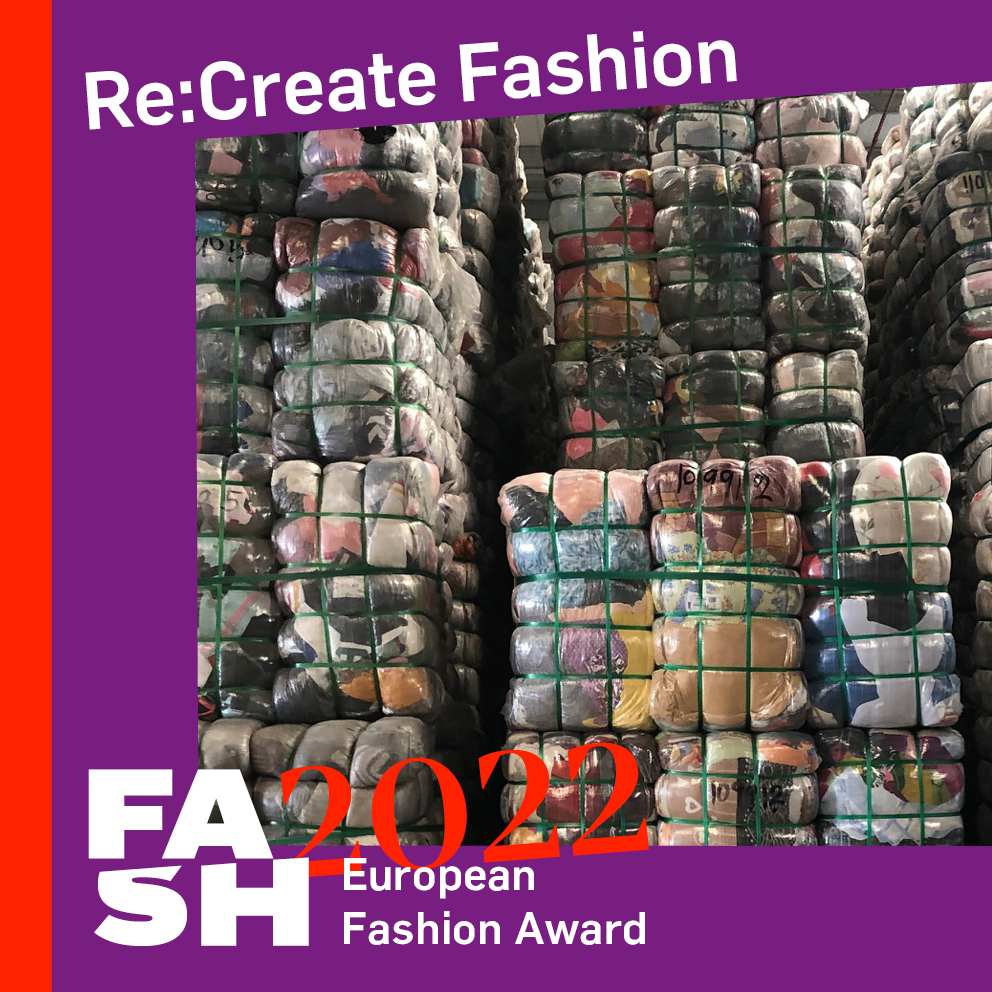
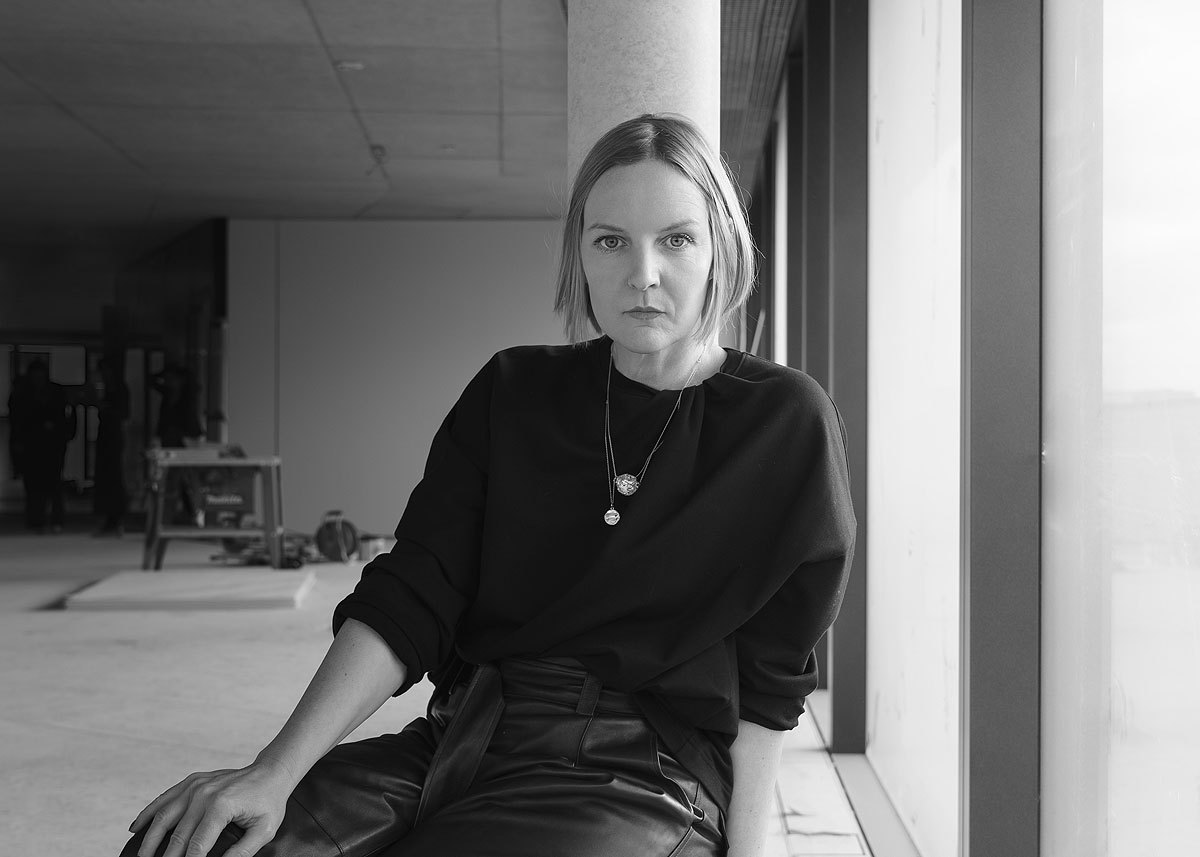
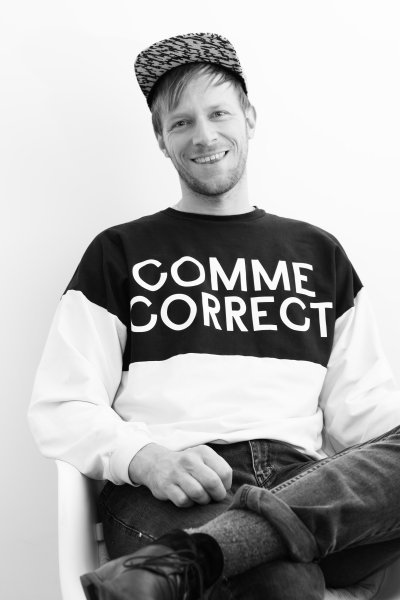
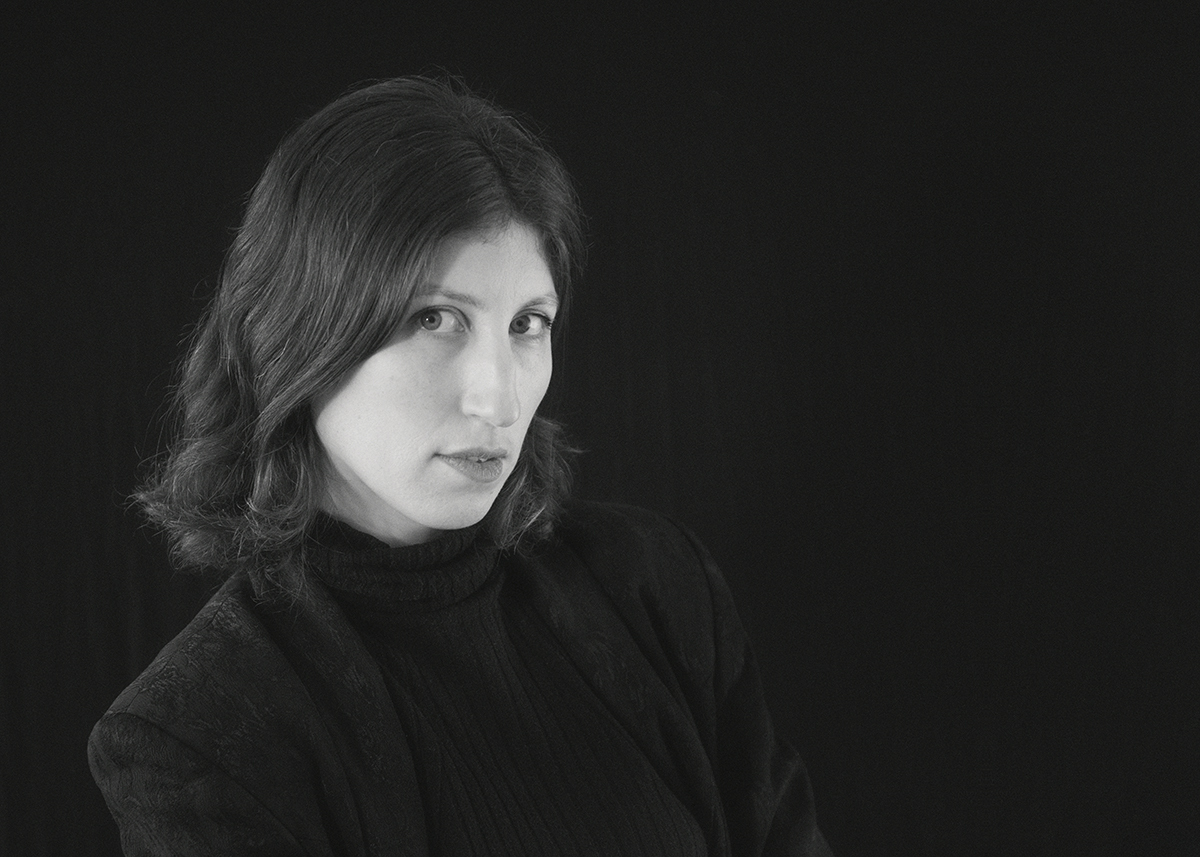
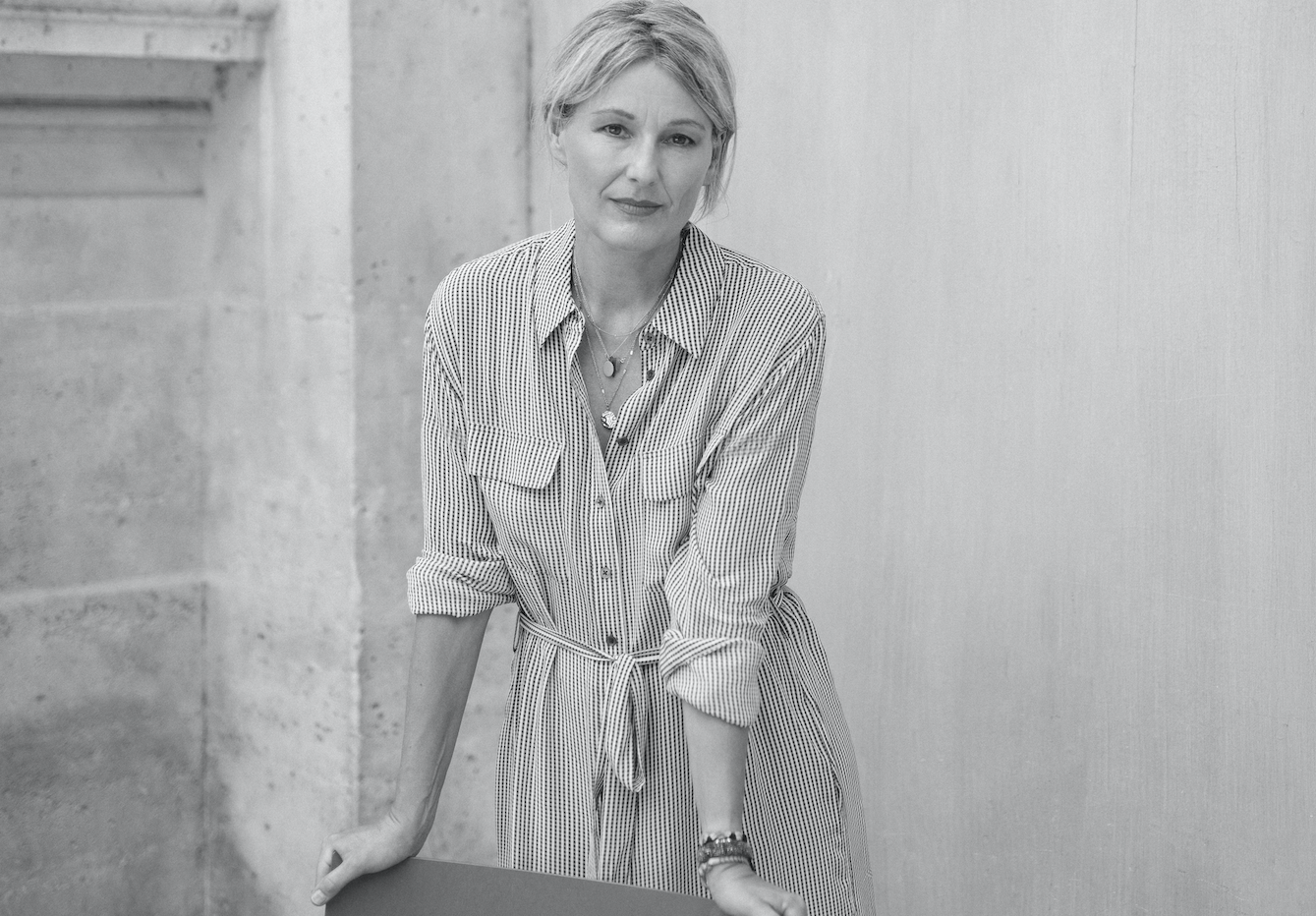
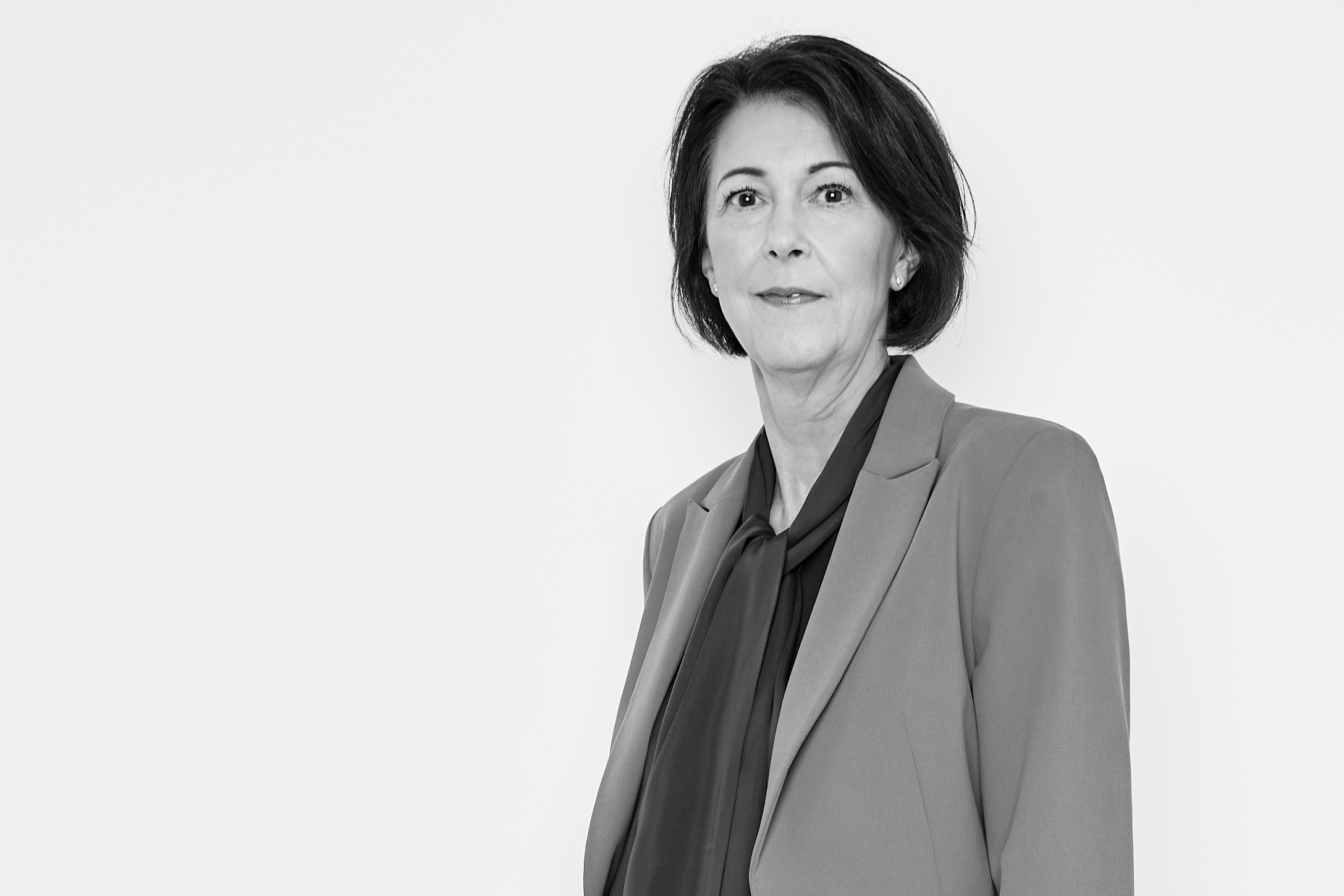
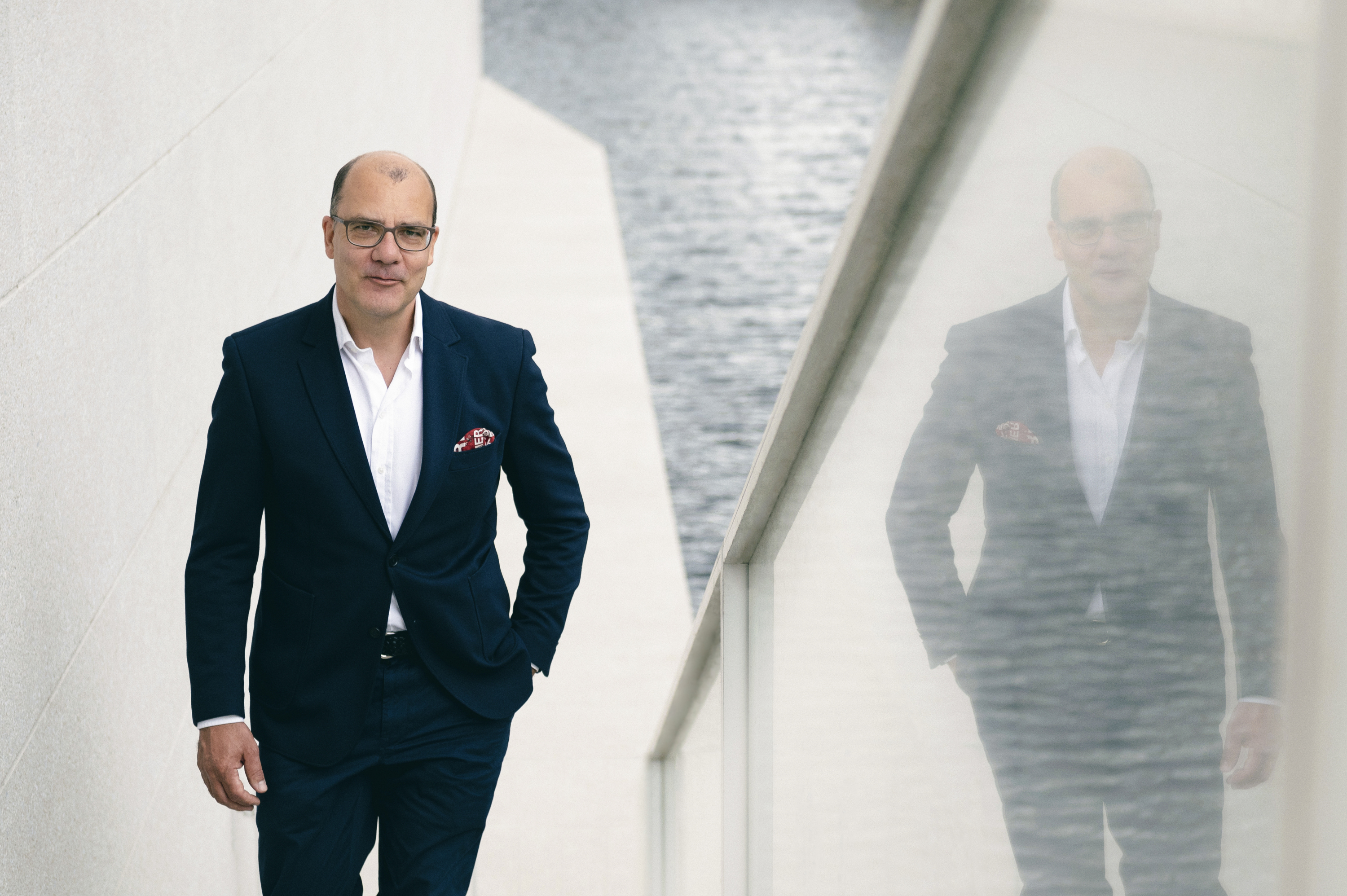
 Julia Müller
Julia Müller Natalia Politowa
Natalia Politowa Kaur R. Hensel
Kaur R. Hensel